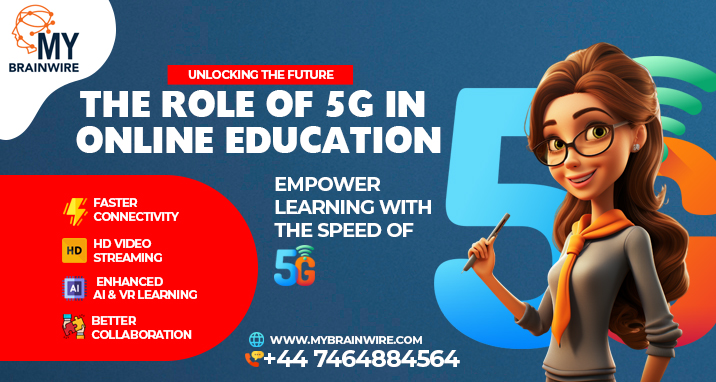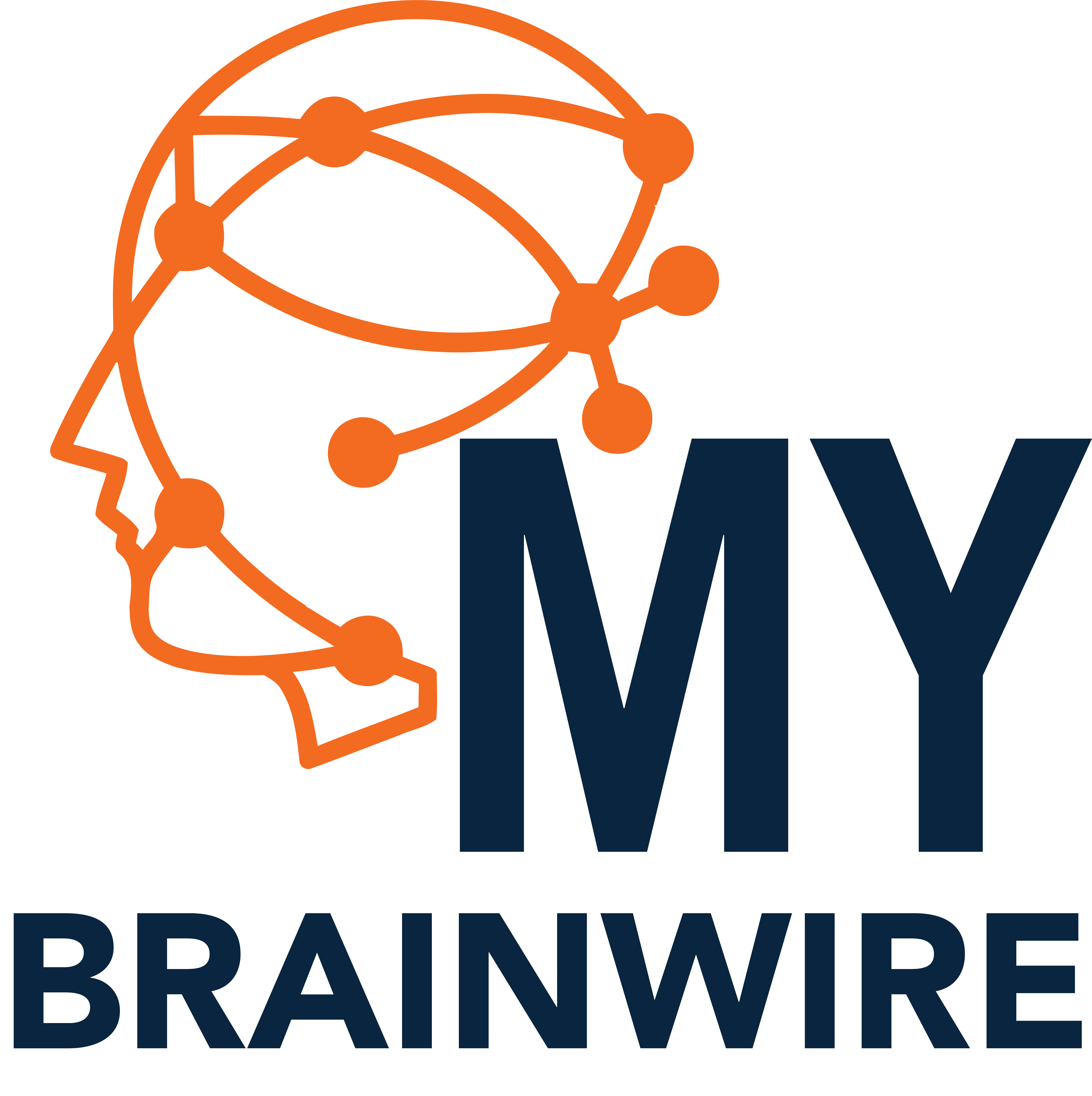
How 5G is Revolutionizing Online Education Accessibility
Unlocking the Future: The Role of 5G in Online Education
The rapid growth and advancement of varied types of technologies have been transforming the education landscape with the most significant innovations which is called the 5G. This has been the “fifth generation wireless technology” which is poised for revolutionizing online education through offering more reliable and faster as well as efficient connectivity. With the capability in supporting the data heavy apps such as virtual classrooms, video conferencing, as well as immersive learning tools, 5G has been breaking the limitations towards education which makes it more engaging, inclusive, as well as accessible.
Understanding 5G Technology and Its Benefits
What is 5G and How Does It Differ from Previous Generations?
Fifth generation or 5G Wireless Technology also offers low latency, fast speed, as well as more dependable connections than the predecessors such as 4G and 3G. Unlike previous generations, the fifth generation also operates on the wider spectrum which allows for the transmission of data as well as better support for varied devices. The leap in this connectivity also enables innovations all over the varied industries which include online education.
Key Advantages of 5G for Connectivity
The key benefits of fifth generation include ultra fast download as well as uploading the speeds, better network capacity, as well as reduction of lag. The improvements also implies that the platforms of online education could offer higher quality and uninterrupted lessons as well as interactive features which provide enhancement of learning experience for the learners all over the world.
5G’s Role in Transforming Online Education
Faster Speeds for Seamless Video Lessons
The higher speed of 5G also permits for higher video streaming without buffering. In online education or online learning, it translates to virtual classrooms in a seamless way in which the students could communicate with the online tutors in a timely manner, watching the instructional videos, as well as accessing the multimedia resources with minimum delays.
Reduced Latency for Real-Time Interactions
The features of 5G are its ultra low latency that helps in reduction of time that is taken for the data for travelling between the devices. The improvement is critical for the online learning and online education, specifically at the real time collaborations and live sessions, making sure that interaction among the online tutors and learners remains immediate as well as smooth.
Improved Access in Remote and Under-served Areas
5G has expanded their coverage which aids in bridging the gaps for the students in the under-served and rural areas. With the 5G technology, the learners in the locations could access dependable internet connections which enable participating in the online education and learning without any barriers of unreliable and slower networks which are common.
Enhancing Accessibility through 5G
Enabling Inclusive Learning for Students with Disabilities
5G technology opens varied new opportunities for the learners with disabilities through the provision of infrastructure required to support the advanced learning tools like real time translation, speech to text, as well as adaptive learning tools and technologies.
Bridging the Digital Divide in Rural Communities
For the rural people and communities having restricted access to conventional broadband, the technology of 5G also offers a best solution. Through the provision of higher speed internet in the varied areas, the technology of 5G also makes sure that the learners in the remote areas could access the similar online education and learning quality as the peers in the urban areas.
Supporting Advanced Learning Tools Like VR and AR
The capabilities of 5G extended to augmented as well as virtual reality technologies that need lower latency and higher speed networks for functioning in an optimal way. With the 5G technology, the learners could immerse oneself in the virtual environments for the interactive and engaging learning experience.
Challenges and Future Outlook
Overcoming Barriers to 5G Adoption
As 5G technology holds much potential to transform online learning and education, it includes varied challenges to the widespread adoption. It includes higher expense of infrastructure development, requirement for the devices, as well as regulatory hurdles which support 5G connectivity. But, as there is advancement of technology and the infrastructure is rolled, the barriers or challenges are to be addressed.
What the Future Holds for 5G and Education
As the technology of 5G continues evolving, the role in online learning and education would be expanding. We would see an immersive environment of online learning powered by the technology of 5G, in which the learners could communicate with the environment in the real time by the help of virtual reality and augmented reality.
Conclusion
The effects of the technology of 5G on online learning and education are becoming apparent and the future potential is immense. Through the provision of reliable and fast connectivity along with inclusive connectivity, the technology of 5G has been revolutionizing the way online education and learning is accessed and delivered.
“As we are moving towards a linked world, it is critical for the learners, technology leaders, as well as policy makers for harnessing the 5G technology.”
FAQs:
- What makes 5G technology significant for online education?
These include:
- Fast Speed
- Low Latency
- Great Network Capacity
2. How does 5G improve access to education in rural areas?
5G also offers higher speed internet links and connections in the remote and underserved areas which aids in bridging the digital division as well as providing the learners in the areas with the similar educational opportunities in the urban areas.
3. Can 5G enhance learning experiences through tools like VR and AR?
Yes, the 5G technology has been supporting advanced technologies such as virtual reality and augmented reality that needs lower latency and higher speed connections for functioning efficiently which provides the learners with higher learning experiences.
4. What are the challenges of integrating 5G into online education systems?
The challenges also include:
- Development of Higher Expense of Infrastructure.
- Regulatory Problems.
- Requirement of 5G Compatible Devices.
5. How can students with disabilities benefit from 5G-enabled education?
5G technologies could also support the advanced accessibility tools such as real time translating, speech to text, as well as adaptive learning technologies, which creates educational content accessible for the learners with disabilities.







